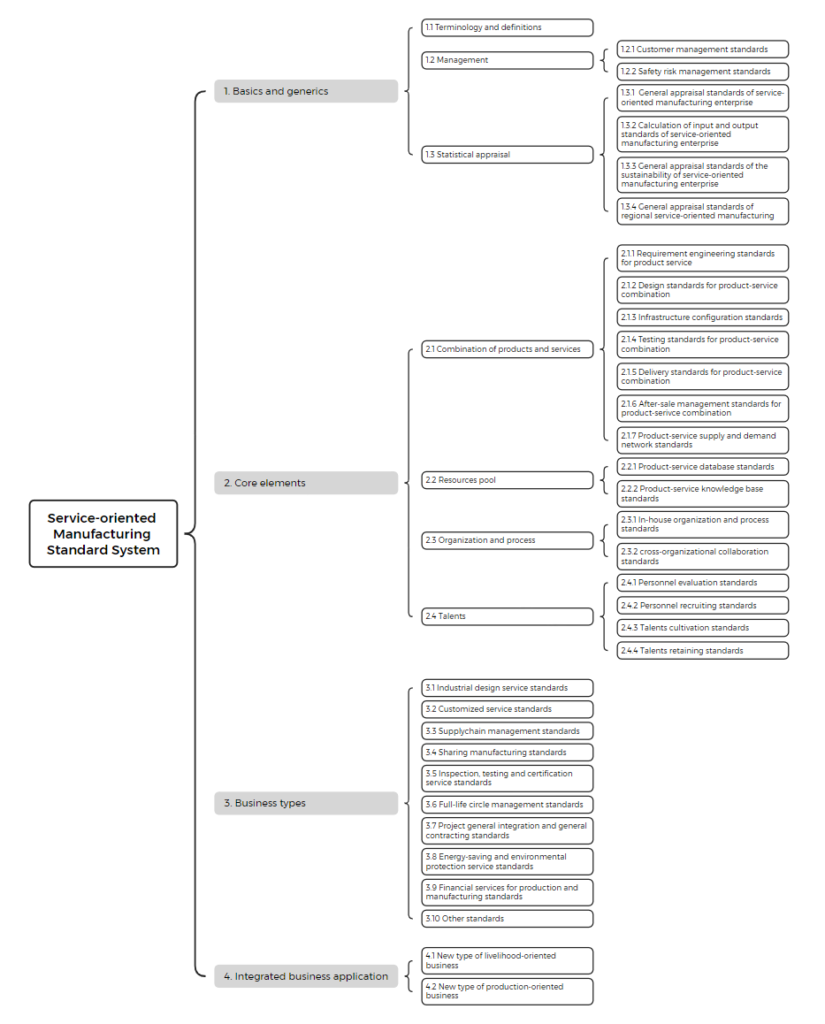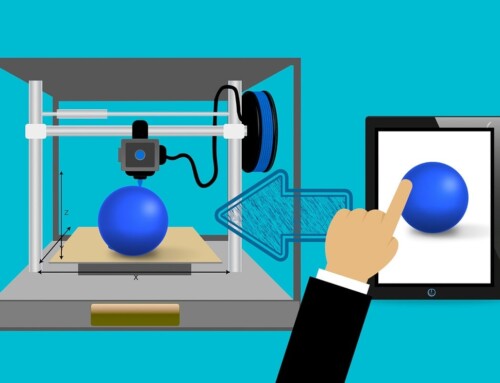On May 22, 2024, China’s Ministry of Industry and Information Technology released the Notice on Guidelines for Constructing the Service-oriented Manufacturing Standard System (hereinafter referred to as the Guidelines). The Guidelines are resonating with a series of national policies, including the 14th Five-Year Plan (2021-2025) for National Economic and Social Development and the Long-Range Objectives Through the Year 2035, National Standardization Development Outline, Guiding Opinions on Further Promoting the Development of Service-oriented Manufacturing.
With the improvement of the automation and intelligence of the production process and the deepening of the complexity of large equipment, the proportion of manufacturing in the entire value chain is declining, and the value of service in this process such as R & D design, delivery, installation, maintenance and service of products is increasing. For instance, in the field of electrical equipment, some enterprises have expanded from energy equipment production to modern services such as contract energy management, providing comprehensive solutions for digital power plants. In the field of consumer goods manufacturing, some enterprises carry out crowdsourcing design, personalized customization, social marketing and other services, which greatly enhance the competitiveness of enterprises. Examples could also be observed in other industrial fields, such as construction machinery, information technology, vehicles, smart equipment, energy-saving and environmental protection, etc.
The Guidelines encompass five chapters: the introduction of service-oriented manufacturing, general requirement, rationale of the standard system, introduction of the standard system, and organizational implementation. The standard system covered by the Guidelines is presented below (figure 1). It is a three-layered tree system reflecting China’s observation of the industrial needs in terms of standardization in this field. Below is a brief introduction of the four major components of the standard system.
- The basic and generic parts of standards will be used to unify concepts related to service-oriented manufacturing.
- The core elements part of standards will be used to regulate the key factors of service-oriented manufacturing to realize the efficient supply of product-service combinations.
- The business types part of standards will standardize and guide the innovation mode of service-oriented manufacturing in industrial practice.
- The integrated business application part of standards will regulate and guide the architecture, terminology definition and product-service combination content in various application scenarios of the new service-oriented manufacturing industry.
In summary, the Guidelines comprehensively cover all aspects of service-oriented manufacturing, from basics to industrial applications. However, they do not clarify the current state of standardization in this field. Understanding the current landscape of standards could require a significant workload. Additionally, standardization in this field involves multiple technical committees (TCs) as pointed out by the Guidelines, which complicates coordination and collaboration among them. Nevertheless, the release of the Guidelines underscores China’s commitment to promoting the development of service-oriented manufacturing since 2015.





